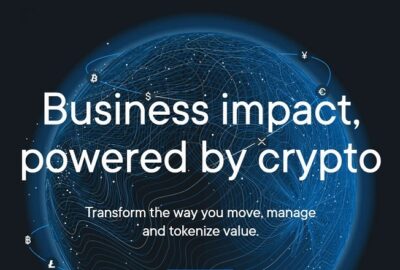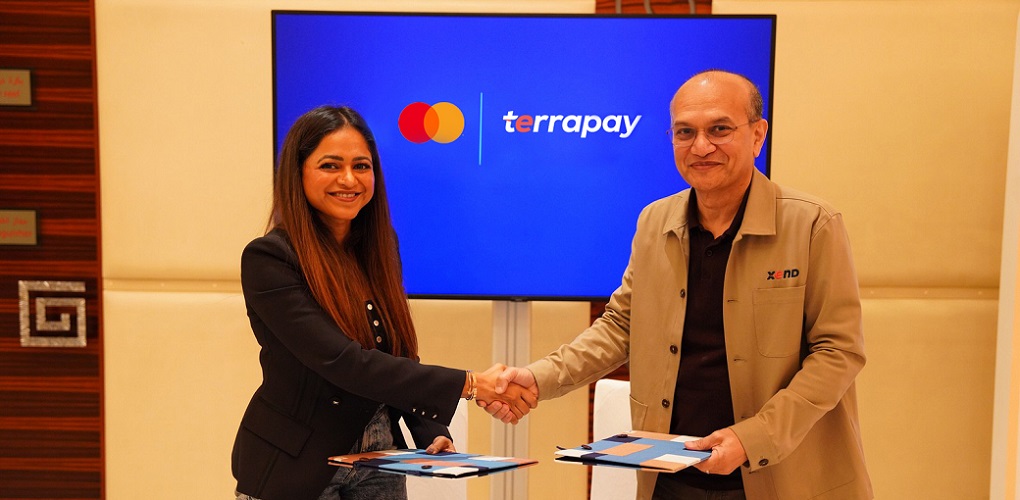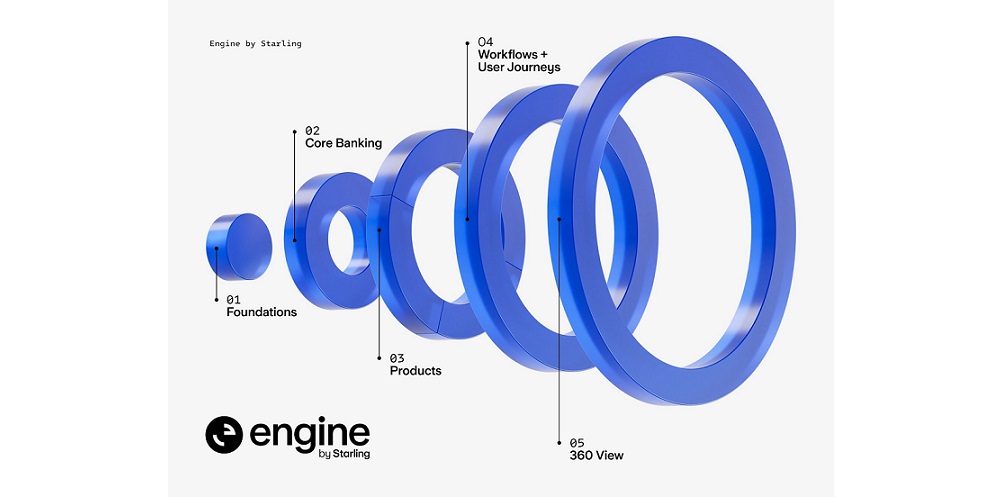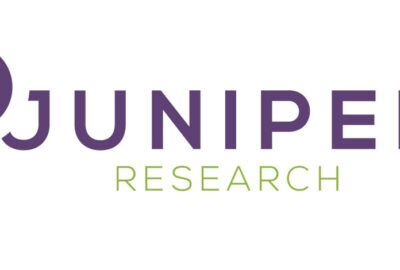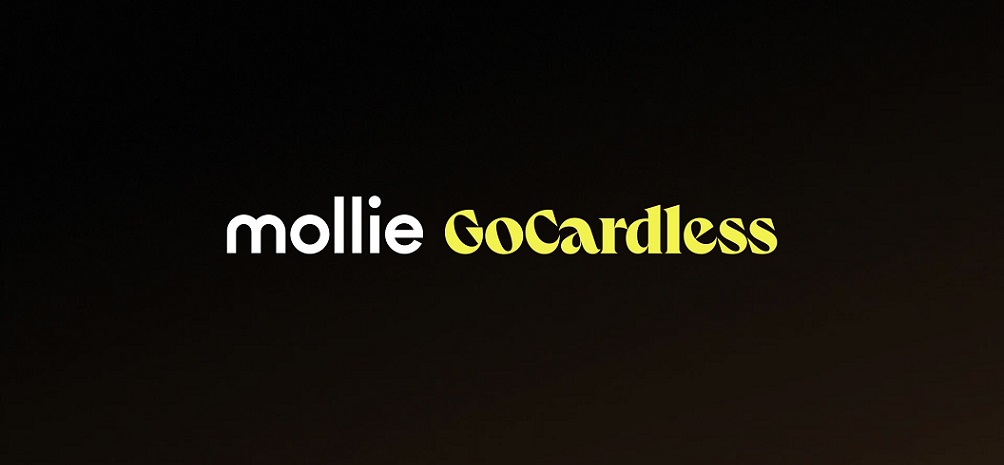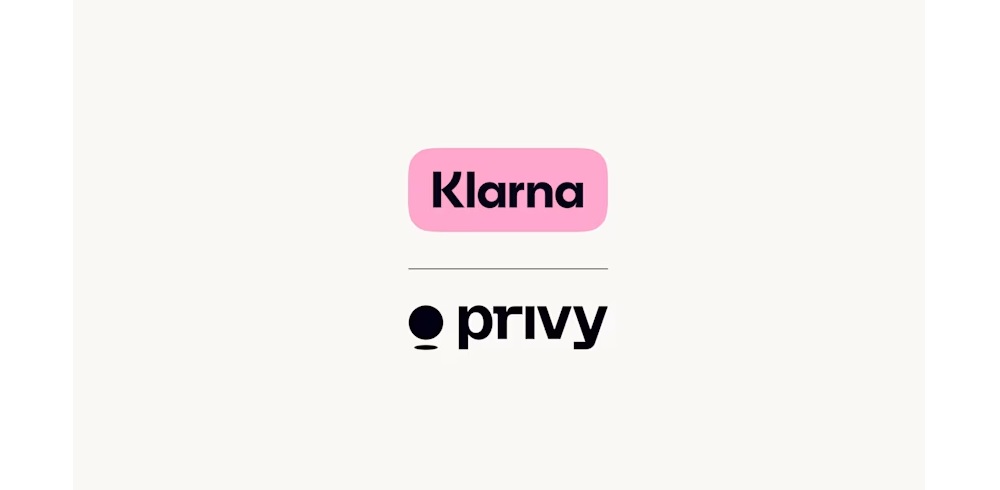Global bank blockchain should be operating within a year

The head of research at R3 CEV, the blockchain project backed by 30 of the world’s largest banks, says a development team in London is coding the fabric for an open-sourced, generic „shared ledger”, which banks want to use to reduce reconciliation costs.
Tim Swanson, who joined R3 full-time this year and is also a research fellow at the Singapore Management University, says the biggest challenge working with banks to design protocols for a working blockchain, the technology underpinning bitcoin, is managing expectations while at the same time pushing to build a working platform as quickly as possible.
„It is important not to overhype things, although it is too late on that,” Mr Swanson said ahead of a visit to Sydney this week. „At Sibos [the global payments conference held in Singapore last month], everyone was talking about blockchain. Now, deliveries have to be shown to the world in the next 12 months, or people will walk away thinking this is a load of bumf.”
A blockchain refers to computer technology that verifies transactions without the need for an intermediary. Its name is derived from a network of computers adding new „blocks” to a digital ledger. Copies of the ledger containing every transaction are held on the computers, the „nodes” of the network, which verify transactions by deploying cryptography to update the blockchain. It is a system that creates trust through coding.
„Many banks feel they can reduce, or eliminate altogether, various costs, by adopting some sort of common shared ledger and let that proliferate through the industry,” Mr Swanson said on a Skype call from San Francisco last week.
A report earlier this year by Santander InnoVentures in collaboration with Oliver Wyman and Anthemis Group said distributed ledger technology could reduce banks’ infrastructural costs by between $US15 billion and $US20 billion a year by 2022.
A steady stream of banks have joined the R3 project this year. In Australia, they are CBA, National Australia Bank and Macquarie Bank. Global banks working on R3 are: Bank of America, Barclays, BBVA, BNP Paribas, BNY Mellon, CIBC, Citi, Commerzbank, Credit Suisse, Deutsche Bank, Goldman Sachs, HSBC, ING Bank, JP Morgan, Mitsubishi UFJ Financial Group, Mizuho Financial Group, Morgan Stanley, Nordea, Royal Bank of Canada, Royal Bank of Scotland, SEB, Societe Generale, State Street, Toronto-Dominion Bank, UBS, UniCredit, and Wells Fargo. An architectural working group with members from these banks is meeting regularly.
Source: www.smh.com.au
Dariusz Mazurkiewicz – CEO at BLIK Polish Payment Standard
Banking 4.0 – „how was the experience for you”
„To be honest I think that Sinaia, your conference, is much better then Davos.”
Many more interesting quotes in the video below:


